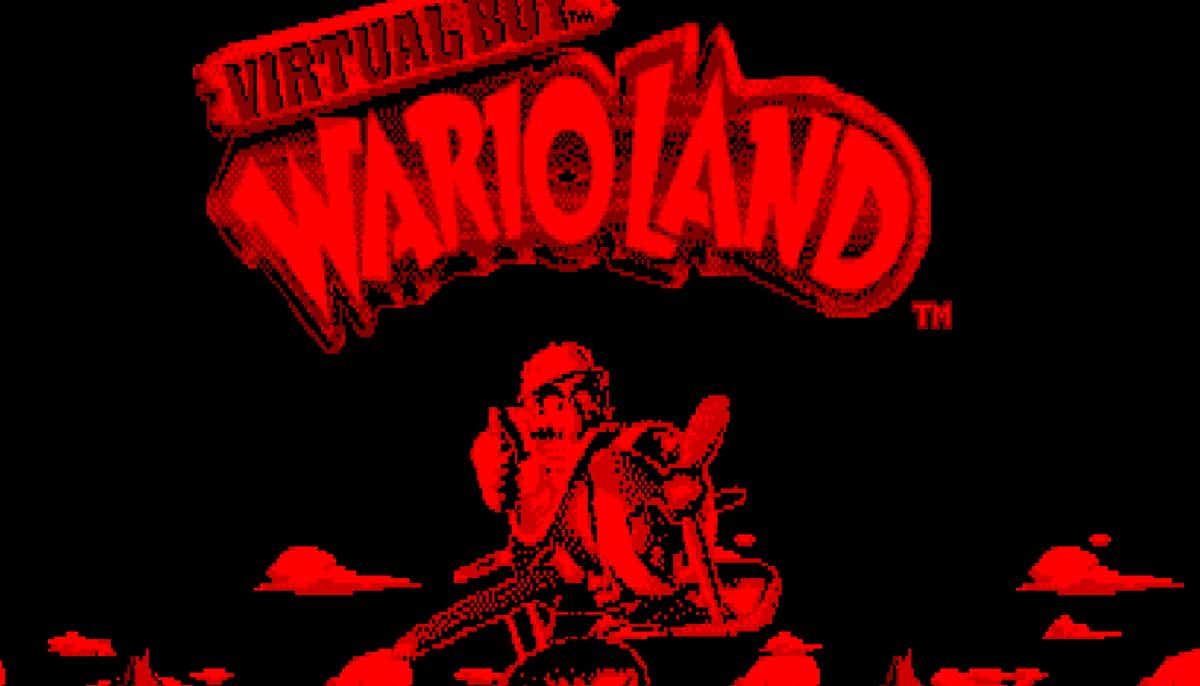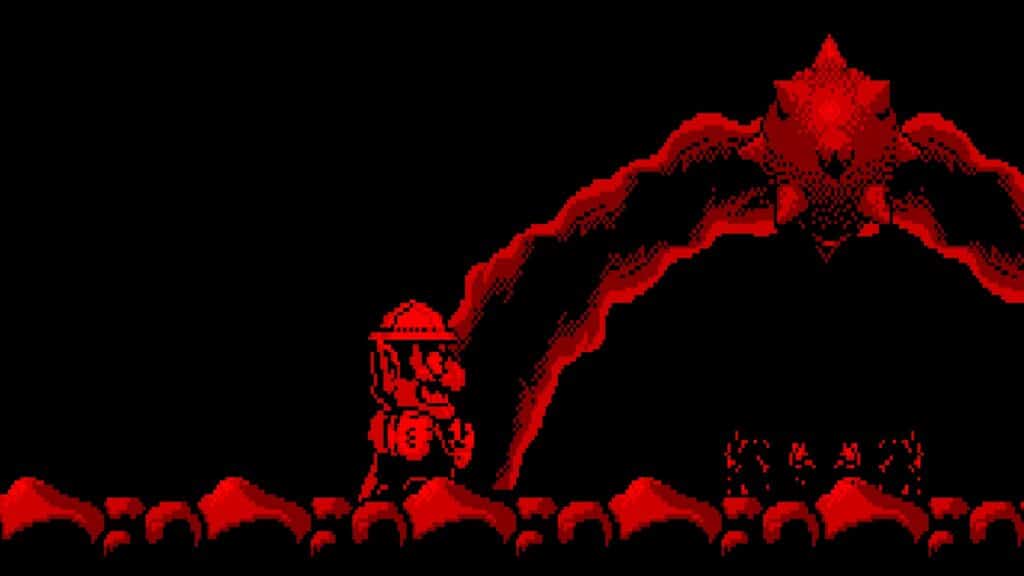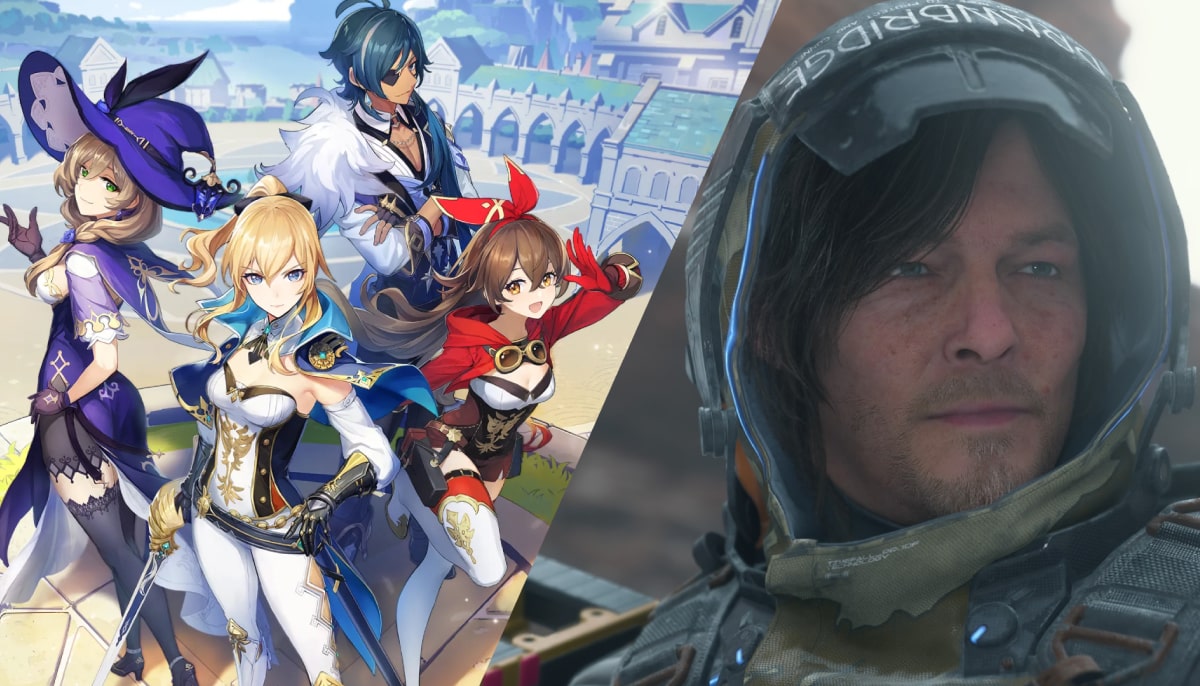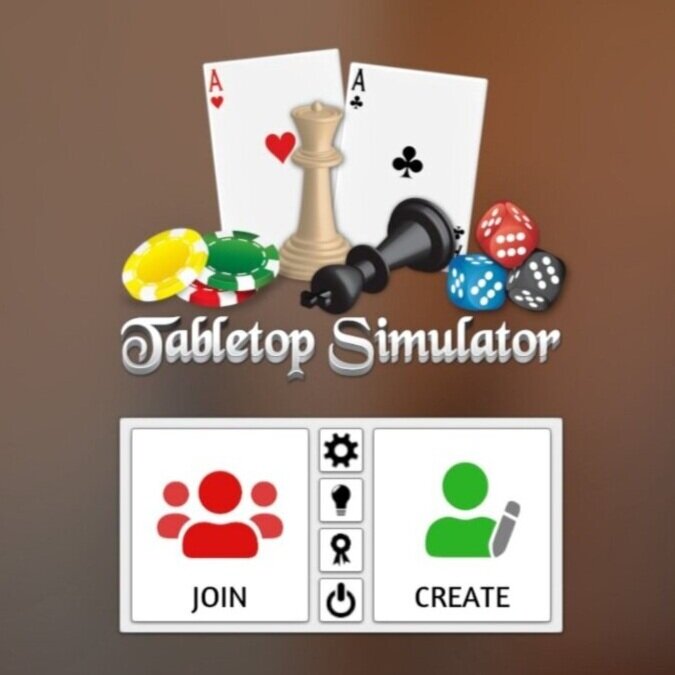
Image credit: Nintendo
For every success, like the Nintendo Switch 2, there’s a dud, like the Virtual Boy. Released in Japan and America in 1995, it was developed by Game Boy creator Gunpei Yokoi as the next evolutionary step in gaming. However, this bulky red headset was arguably Dead on Arrival. Owners would complain about feeling nauseous after using the Virtual Boy for several minutes, and the games available were subpar at best.
The device was an example of Nintendo trying to be forward-thinking as to where the industry was going. However, despite Virtual Boy being a flop, there was one game that shone through: Wario Land. Although it was slightly similar to the first Wario Land that debuted on the Game Boy handheld in 1994, it differed in many ways, being regarded as an underrated classic, nearly 30 years on.
The Escapist recaps
- The Virtual Boy was released 30 years ago in July 1995.
- The system only supported games made for it, which could only have a black and red color scheme.
- The system was a notable failure for Nintendo, perhaps remaining one of the biggest in the company’s past.
- Wario Land is the best game of the 22 games made for the system.
- The game made use of the system’s headache-inducing, but impressive at the time, 3D.
Art Style
It’s hard to fathom that Virtual Boy Wario Land came out just 18 months after the original Wario Land on the Game Boy, but it did. The extra power the headset offered meant that a crisper art style could be used.
Despite the red and black color scheme that tried to simulate 3D effects in the game, the way hazards like lava and enemies move brings the world alive. When you discover certain treasures in unique rooms, you feel as though it’s a special moment.
Background and Foreground
Although arguably part of the art style too, the effect of Wario being able to jump into the background and foreground is worth its own mention. As you run through the many levels, you’ll come across an arrow on the ground.
Jumping on this will have Wario leap to the background in a quasi-3D effect, adding to the parallax depth that the Virtual Boy tried to achieve. It may have seemed like a gimmick in other games like Golf and Mario Tennis, but Wario Land arguably did it right by making it a part of the levels so that treasures and more could be uncovered, as well as using the effect for enemies and bosses.
A New Hat

Granting Wario new abilities via hats is a lost art in recent titles, but early on, collecting hats that looked like jets and dragons was a fun moment. These would enable Wario to fly through the levels, charge through them like a bull, or breathe fire in order to break blocks and destroy multiple enemies at once.
Despite Virtual Boy Wario Land having the same hats as its Game Boy predecessor, it did have a new one. Called the ‘King Dragon’ hat, this would combine two of these abilities at once, meaning Wario can fly and breathe fire at once, making certain moments ones to remember, but also makes us pine for a return of these abilities in a new Wario game someday.
Bosses
The bosses in the entire Wario Land series are arguably one of its best attributes. From the Genie in the first title to the mutated bat in the fourth game, they can be unpredictable, challenging, but very fun to play repeatedly. The same applies for this Virtual Boy entry, with each of the five bosses using the quasi-3D effects to appear between the background and foreground to try and hit Wario in various ways.
You’ll find robots, goblins, and more trying to hurt you with projectiles being fired from the background, but it’s the detail of these that makes a big impression when playing the game. They’re all incredibly fun to replay, even with the red and black color scheme.
Endings
Another lost art of the Wario Land series is the multiple endings players can get, depending on how much treasure gets collected throughout. The very first entry on Game Boy had a bunch of them, which could vary from Wario earning a birdhouse after collecting barely any treasure, to a whole planet after collecting a boatload.
The same applies to Virtual Boy Wario Land, with a few endings dependent on how much treasure you collect throughout the 14 levels. As you defeat the final boss, you’ll go into another room where it will show the treasure you’ve collected, and after the credits roll, Wario appears on a mode of transport. It could be a magic carpet, a blimp, or something more, totally dependent on how much treasure has been collected!
It’s a fun aspect to finish off the game, and could encourage you to try again to see what else Wario travels on.
Ask The Escapist
Although there have been modern attempts to bring Virtual Reality to the mainstream, like the Meta Quest and the PlayStation VR, Nintendo hasn’t returned to the format since the Virtual Boy. It did have great success with stereoscopic 3D, though, with the 3DS consoles.
Wario has never eclipsed Mario in terms of popularity, but he remains a favorite of Nintendo players, especially thanks to the bizarre yet wonderful WarioWare series. Although he’s not had a platformer outing since 2008’s Wario Land: Shake It!






Published: Jul 17, 2025 12:45 pm